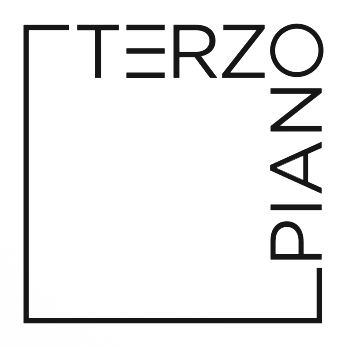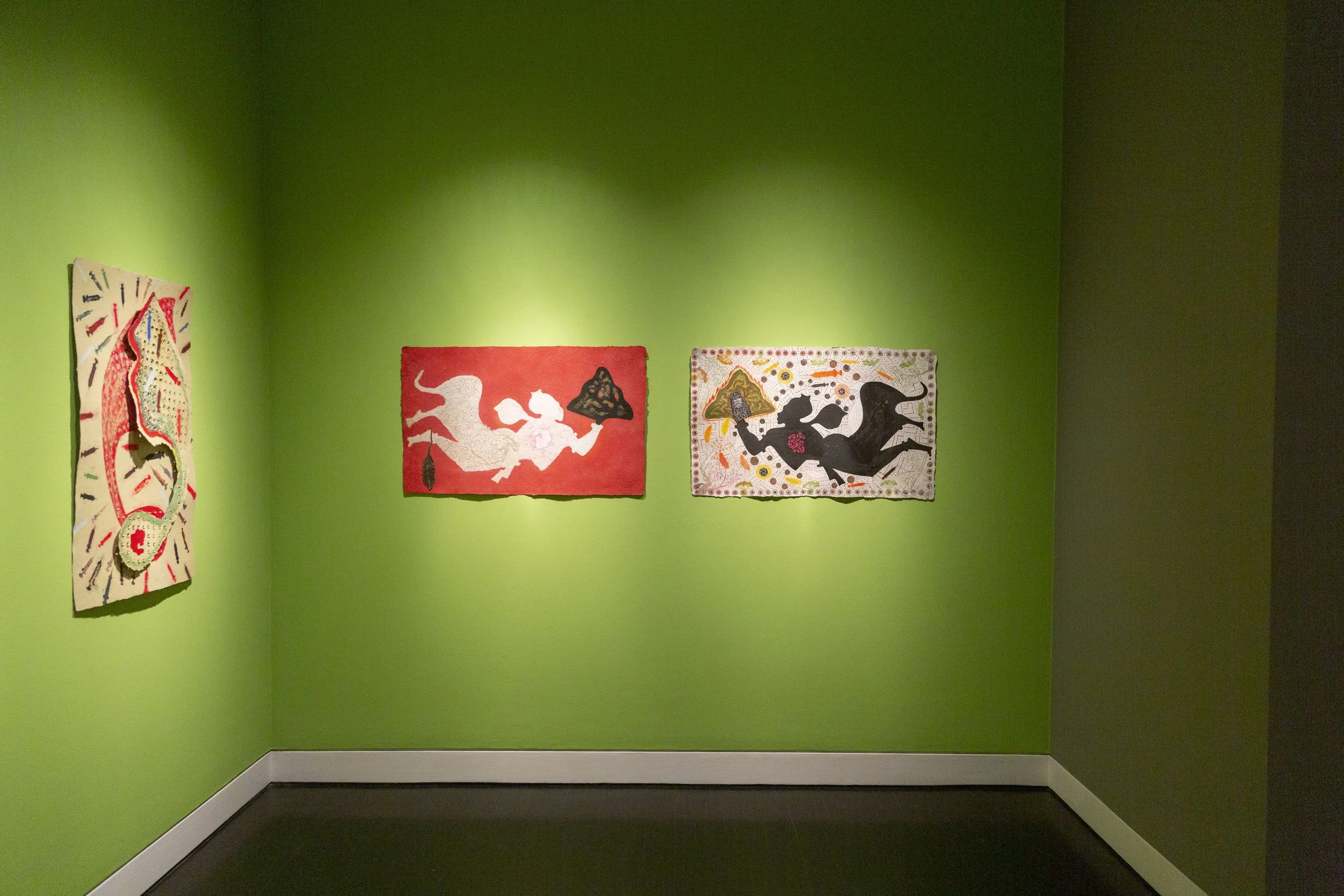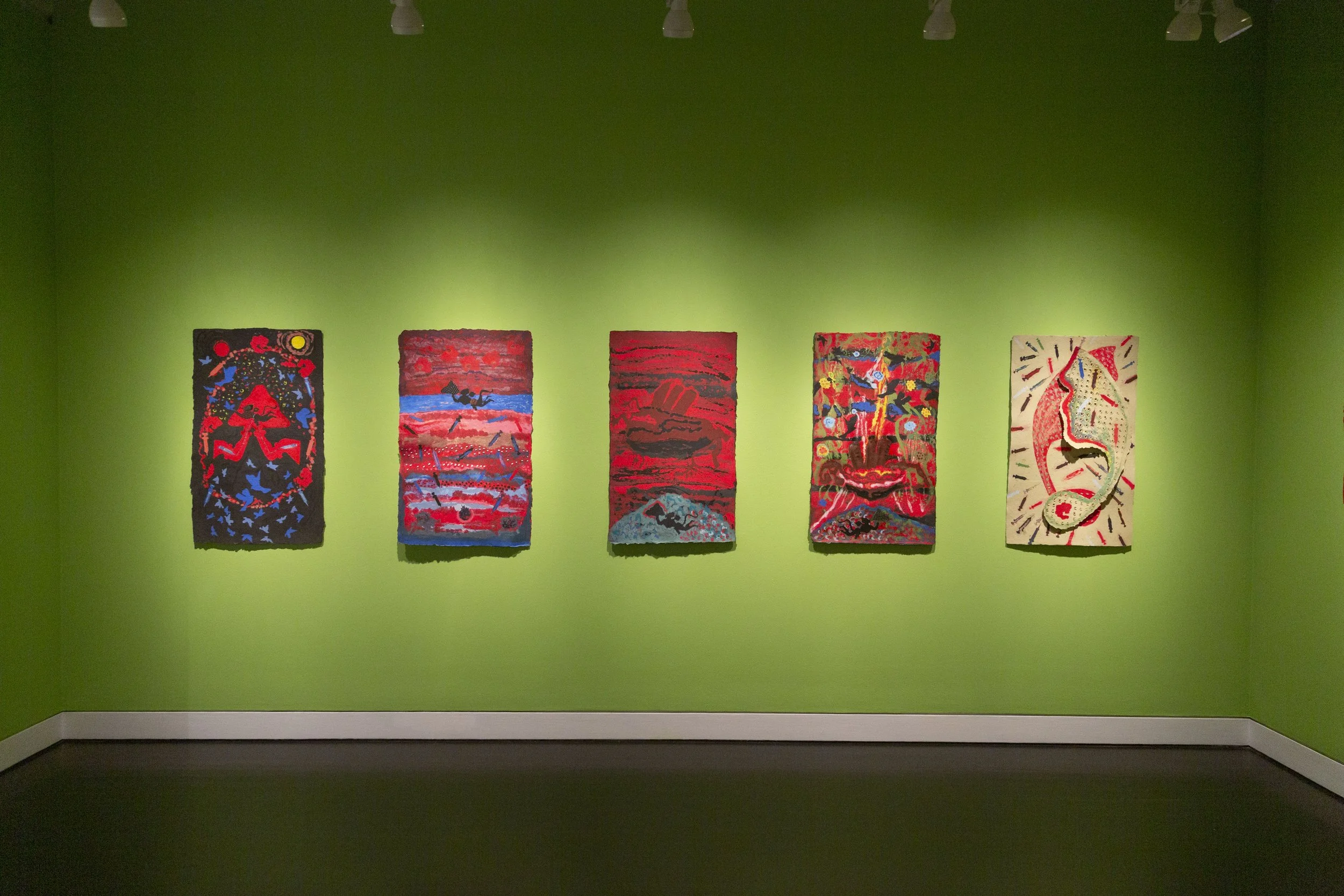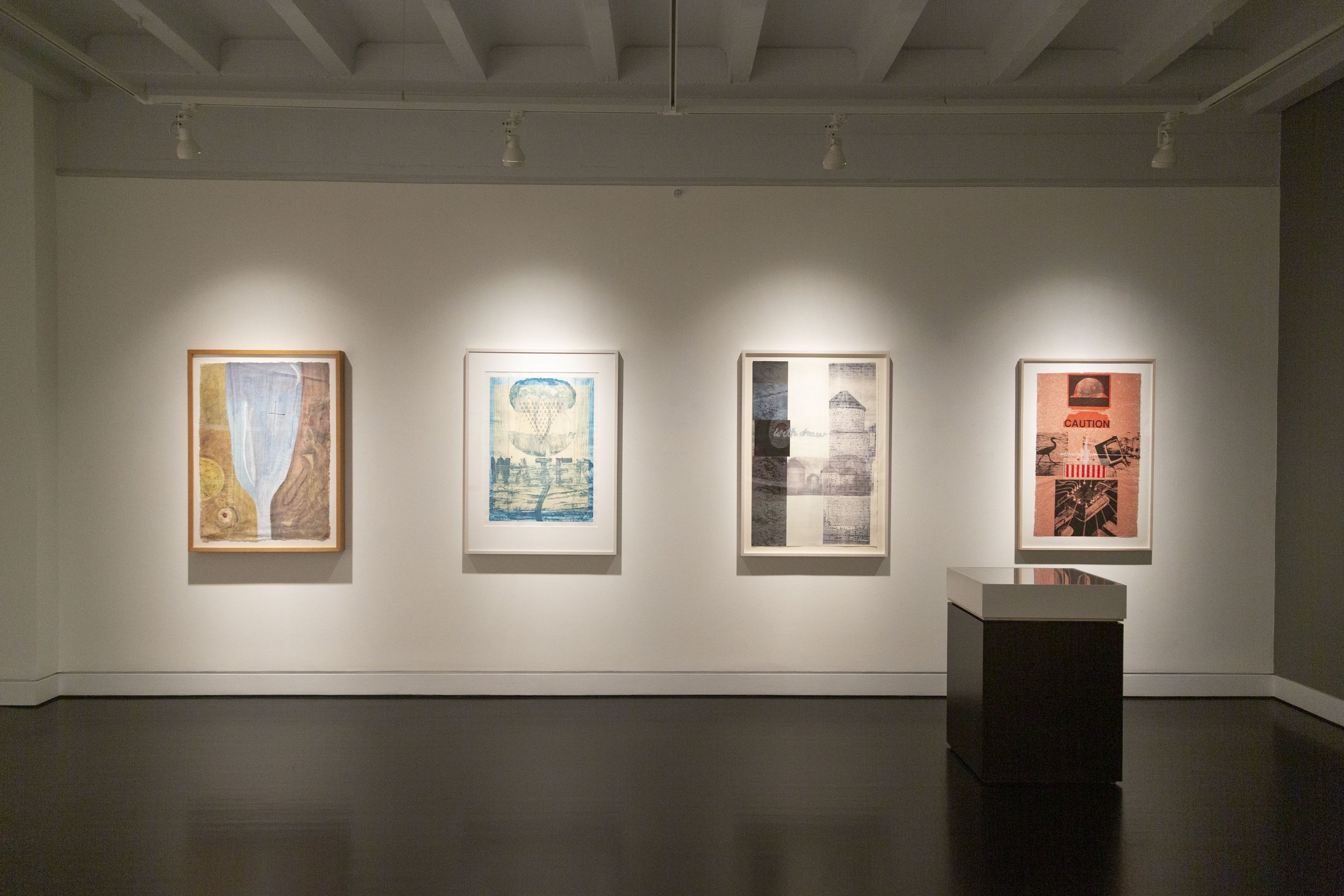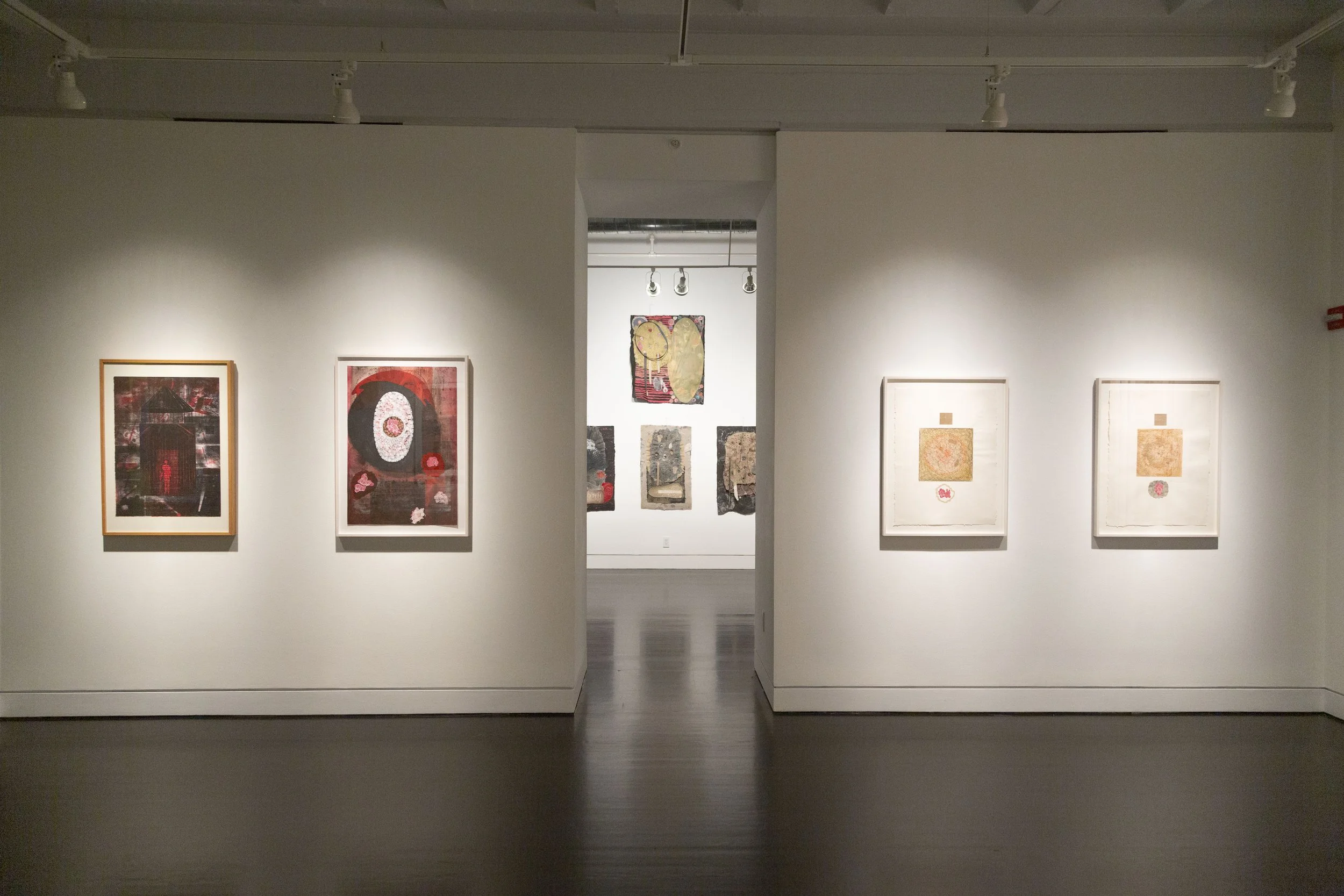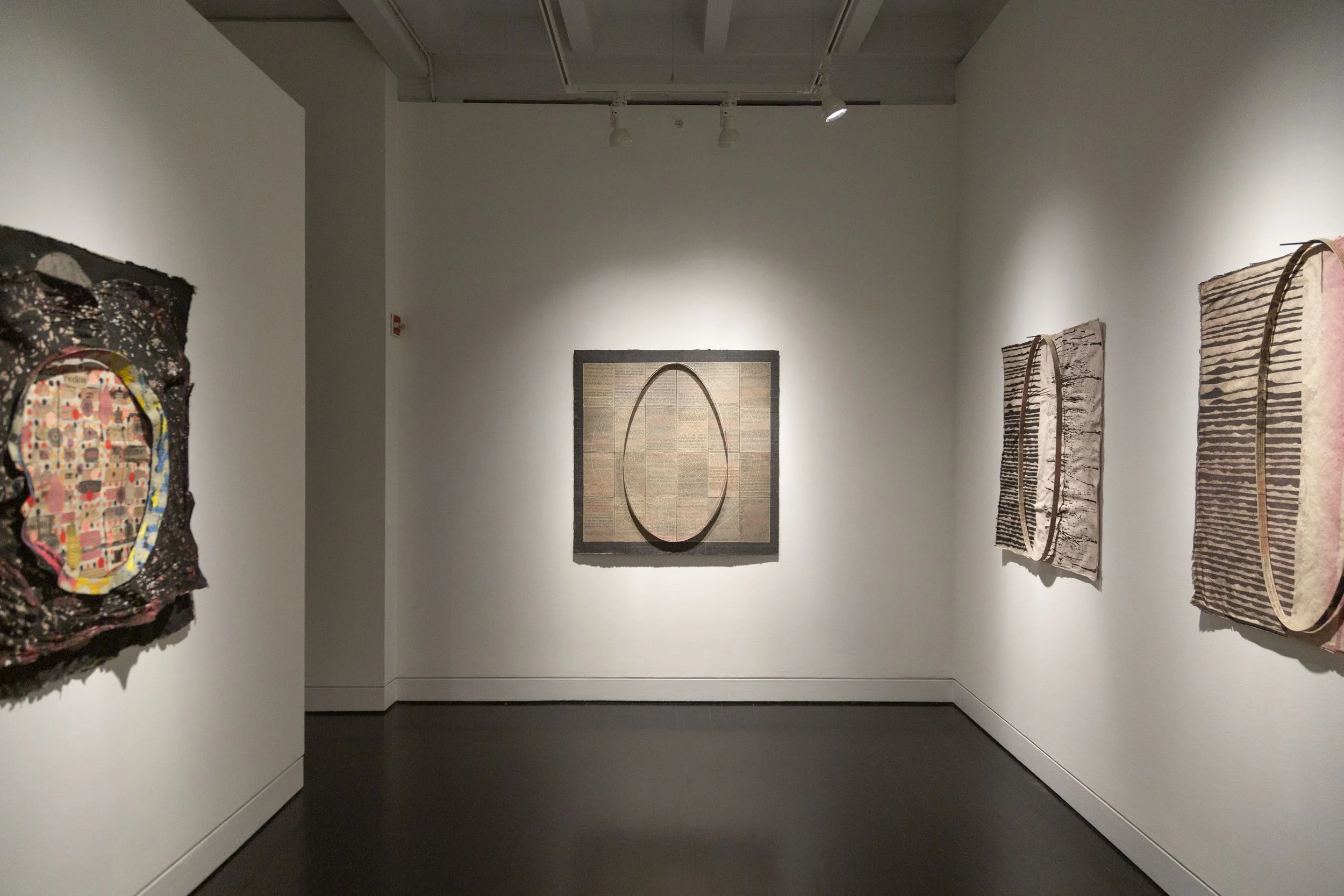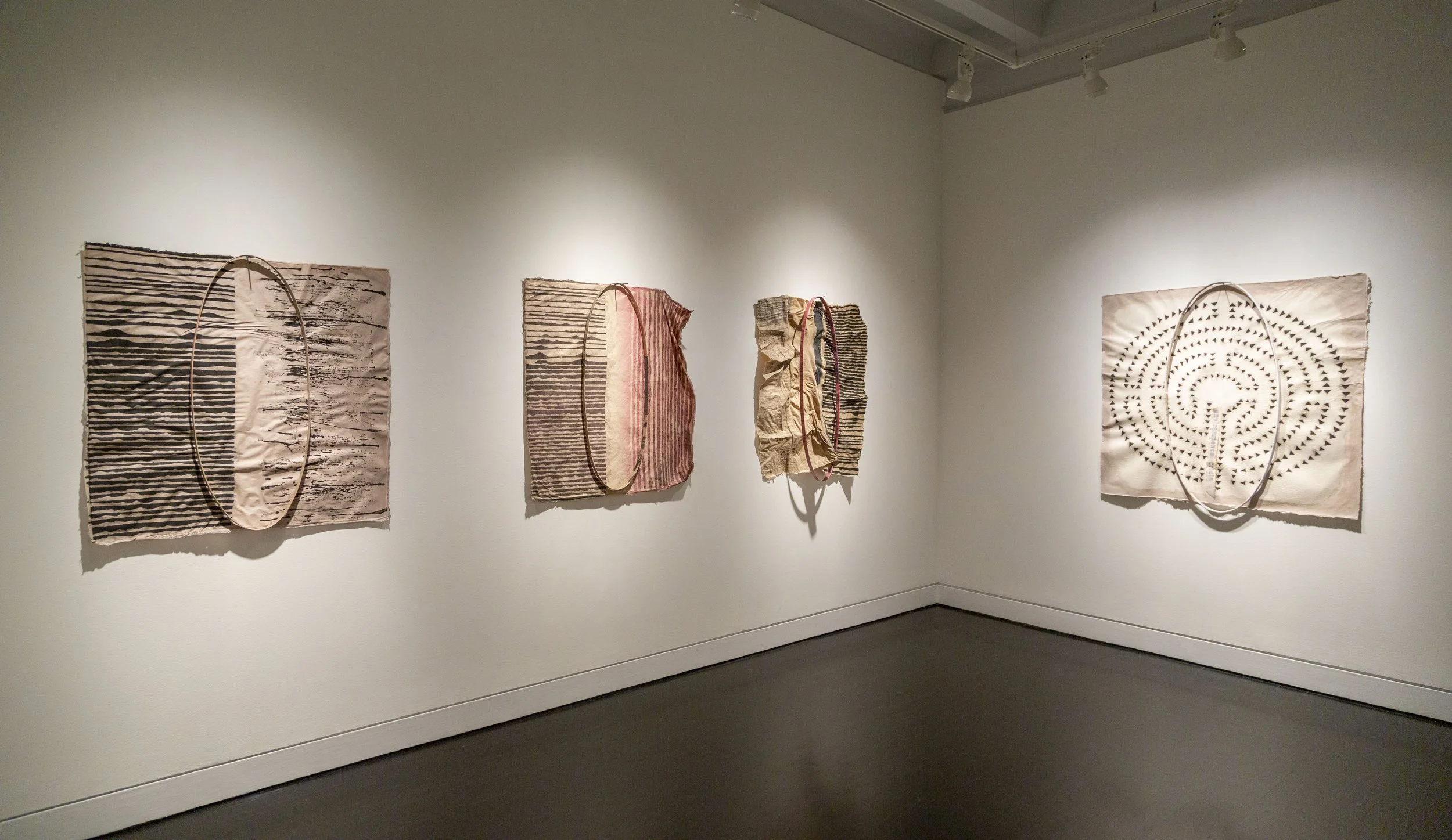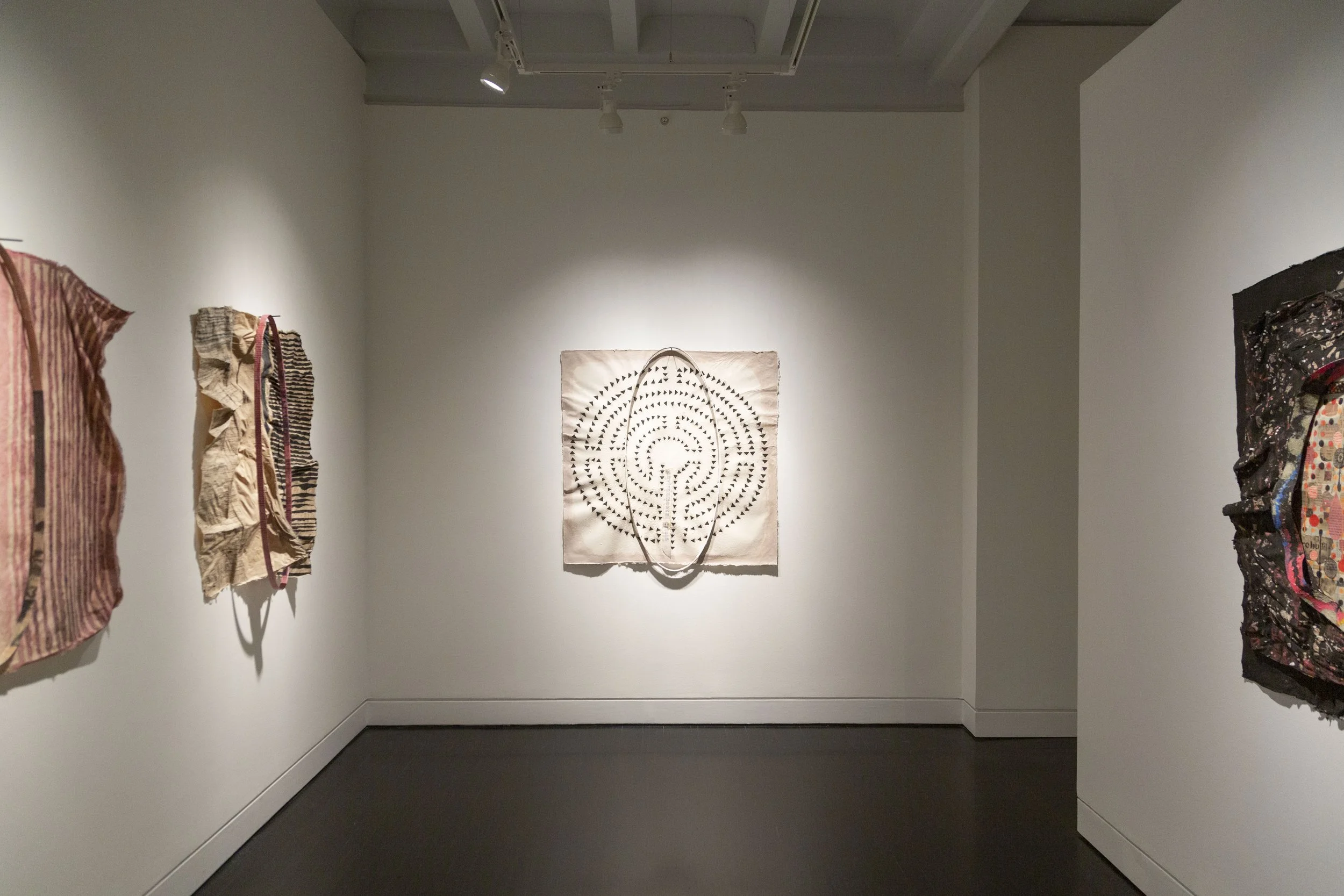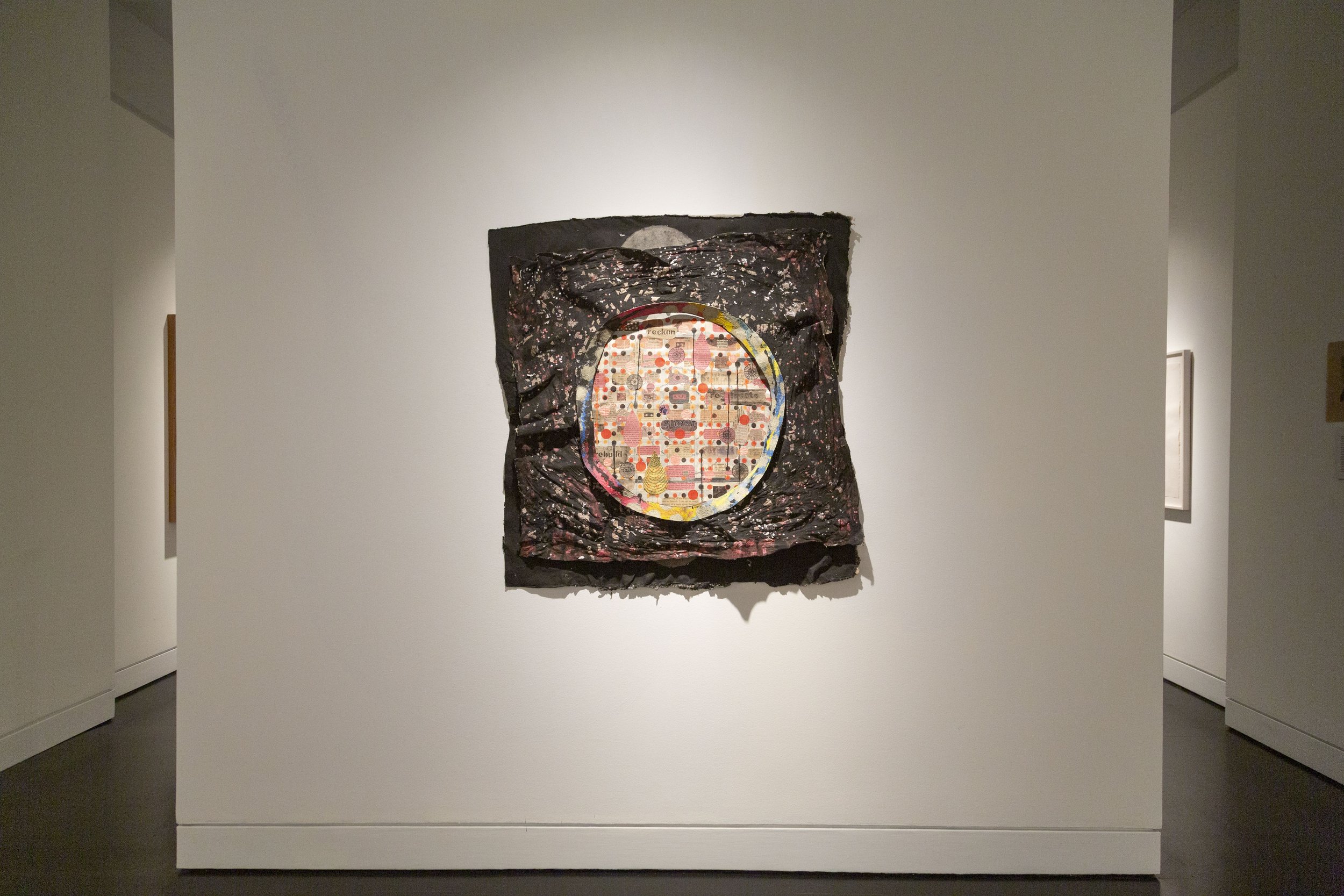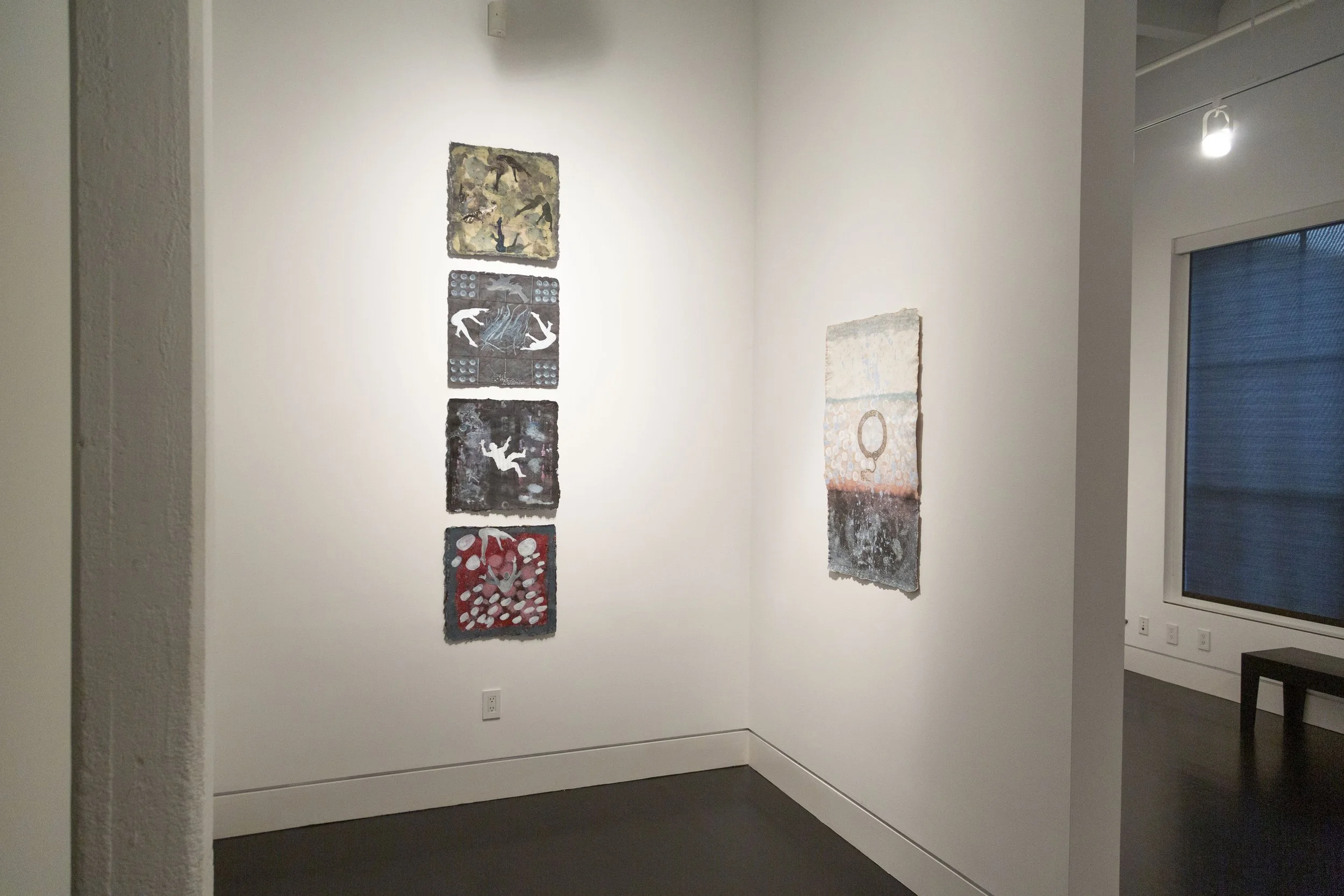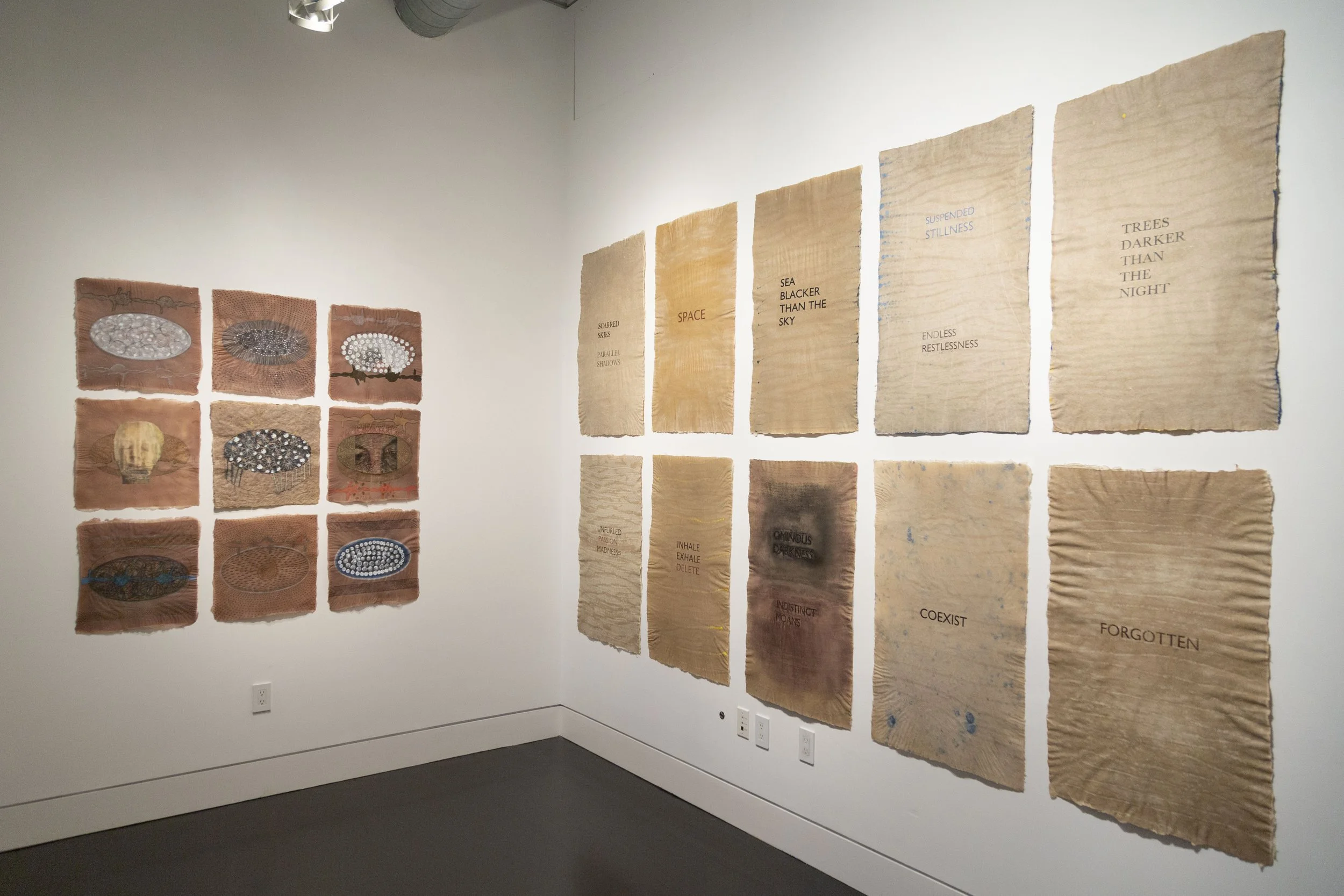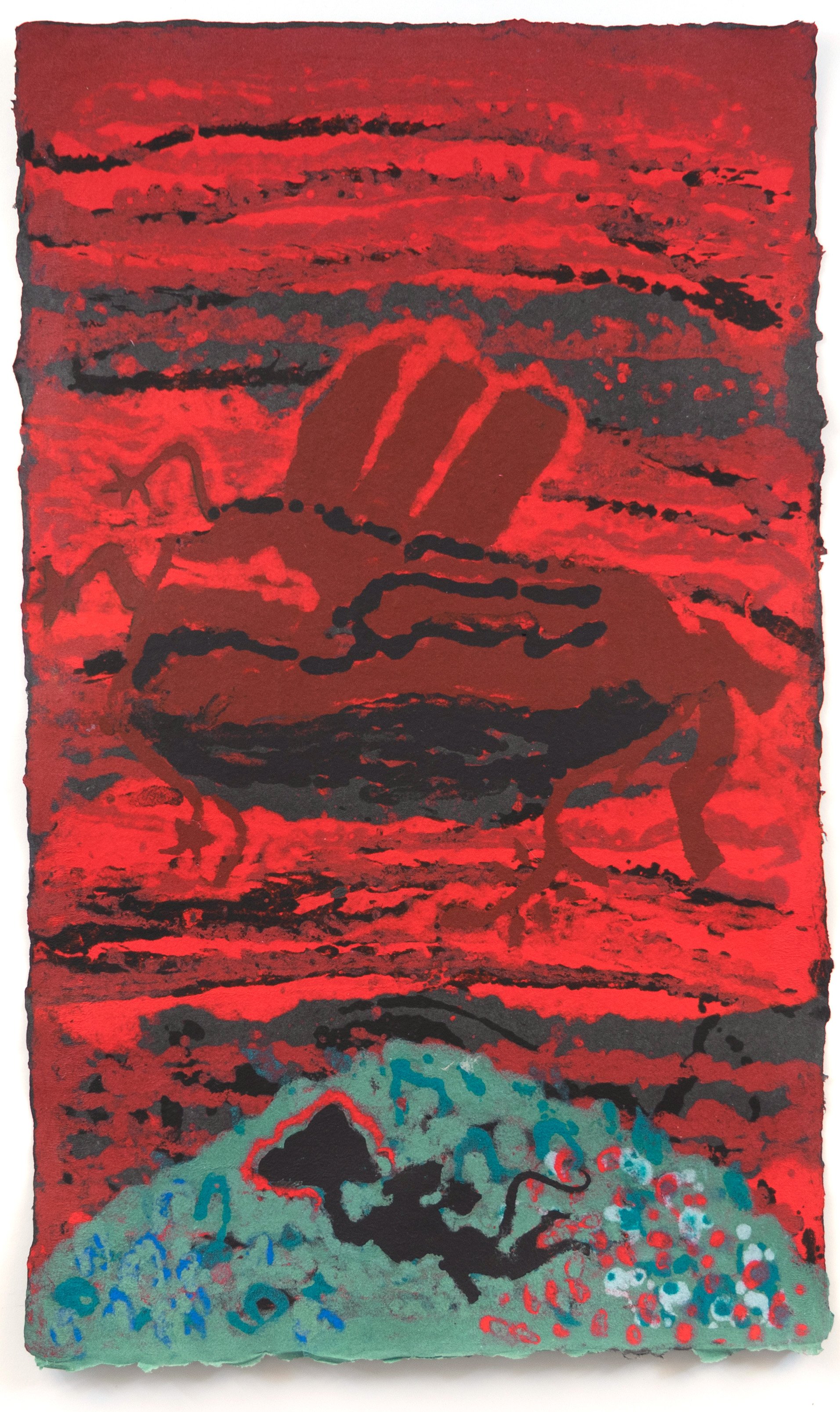
Helen C. Frederick
SANJEEVANI From Here to There
November 12th, 2021 - January 23rd, 2022
SANJEEVANI, From Here to There
HELEN C. FREDERICK
This exhibition Sanjeevani reveals my long standing engagement with ideas of suspended time, the ecological, the existential, and the construction and destruction of places, images, and words.
In Hinduism, Sanjeevani (translates as “one that infuses life”), is a magical herb which has the power to cure serious nervous system disorders. It is believed that medicines prepared from this herb could revive the patient in any situations where death is almost certain. The herb is mentioned in the Ramayana when Lakshmana fell unconscious, near death, and Hanuman approached the Royal Physician of Lanka, Sushena for advice. Sushena asked Hanuman to rush to the Dronagiri Hills, on the slopes of the Himalayas. and fetch four plants: Sanjeevani is the most important since it is believed to bring one from near death back to life. The mountain of herbs is identified as the Valley of Flowers. Hanuman could not identify the herb thus lifted the whole mountain and brought it to the battlefield in Lanka. After healing Lakshmana, the men went back to war. This epic parable relates to our vaccination for COVID where in our highly developed technological times we have found a preventative for the viral infection and death. And yet, we keep going on with dangerous behaviors, violent acts, and perpetuating damage to our environment.
In my work, the Milestones of Hope offer a moment to reflect upon the meaning of the personal yet communal aspects of recognition and memory, the many losses – current and past, aspirations, crossroads, and decision-making that come and go in our lives, and how this might translate into artistic expression.
In the Witness Wall and Four Portraits Washed the washing of images offers a construct, an alternative model of consciousness, envisaging a symbolic attitude that reconnects us with our roots, conjoining mind, soul, and cosmos. The faces in a grid are like a language that has been altered. Particularly during an anxious time, the writings and washings may provide quieter softer moments, perhaps even ones of healing.
The Hungry Ghosts have evolved as a series that are related to the demon-like creatures described in Buddhist, Taoist, Hindu, Sikh, and Jain texts as the remnants of the dead who are afflicted with insatiable desire, hunger, or thirst as a result of bad deeds or evil intent carried out in their lifetimes. Bad deeds seem to be a theme of our current era, the Anthropocene.
When I was young my mother would take me to Philadelphia to visit my grandparents and we would go to the Philadelphia Museum of Art. I have always had a real fascination with Asian aesthetics, so I wanted to see the Indian, Chinese, and Japanese rooms and also the Duchamp collection over and over again. To me the objects, the materiality in these rooms, posed so many interesting questions. I was curious about how commonplace handmade things, particularly three-dimensional objects were intriguing in their making, both beautiful or practical, and had a cultural sensibility so different from mine, and yet were somehow familiar. Duchamp’s “Great Glass’’ stood damaged and his boxes fascinated me. I still recall those rooms as they were then, vividly ingrained in my memory. They are a kind of cross-pollination experience that I keep carrying into my work.
With my time at Rhode Island School of Design as a student, and upon graduation when I took the position of Assistant Curator in Education at the notable art school’s museum, I was inspired by a large Cy Twombly chalkboard painting. the Greek red figure vases, the Roman frescoes, the Egyptian clay objects, and patterns featured in the textile collection. At that time as a printmaking major, burin engraving, and shaped plate motifs were my direction. The museum was always a source of inspiration. It was a place like home, where I could absorb contexts and take a journey with different cultural experiences through the objects in the permanent collection and relate parts of their narratives back into my work….and then of course there was the unforgettable exhibition and event: “Raid the Icebox with Andy Warhol”, during my time at the museum.
As a painter, printmaker, and installation artist, I weave together the personal and the communal, layering elements of visual information onto and into substrates of hand formed paper as a material that is capable of advancing hybrid statements. I attempt to explore a fundamental quality and lineage of materiality that guides us in our 21st century lives and binds us in a larger evolutionary process. By linking Asian traditions that I have studied, with Western ones, my printed and 3-dimensional constructions use embedded words and perforations and a personal language of markings as symbols of decay and regeneration, compassion, and introspection. I rely on personal geographical immersions, drawing on sound, environmental recall, and diminishing aspects that are often determined by our damaging behavioral agency. I use the tools and processes that I have come to understand best. Ritual is a grounding aspect of my process, and I consider myself a laborer of art, aligned with all those who acknowledge the many steps required for manual construction, and grounded by the labor of the hand for the making of objects.
Disappearance as a context, due to continuing effects of the atomic bomb, now 70 years after its first detonation, provides a constancy in my work. I was born two months before the first testing of the atomic bomb, so my own personal connection with how it has impacted my life, as well as its implications for the natural world often surface. The 1995 artist book Abracadabra, used fifty images to represent the 50 years of my life from 1945 to 1995, features the image of the bomb as an underlying current. Other traumatic events such as the loss of my brother in 1981, the Vietnam War and Civil Rights movement, 9/11, on-going brutalities, natural disasters and disappearances in our tumultuous era, drive anxieties into my work.
“To survive we breathe in and out; to touch another our fingertips reach out; when pierced our blood comes through our skin; when bathing drops of water absorb into us. When a drone targets a site the dots on the radar screen overlay the image. When bombs drop, the earth is burnt, scarred, and opened. When guns harm, a spray is left behind. And when dreams quicken, we feel the urgency for escape-through the holes, from one side to another, from dark to light, scaling ourselves to push through the apertures”. -
- Helen Frederick
